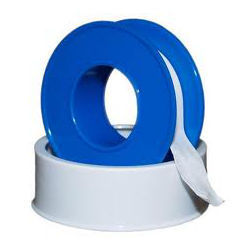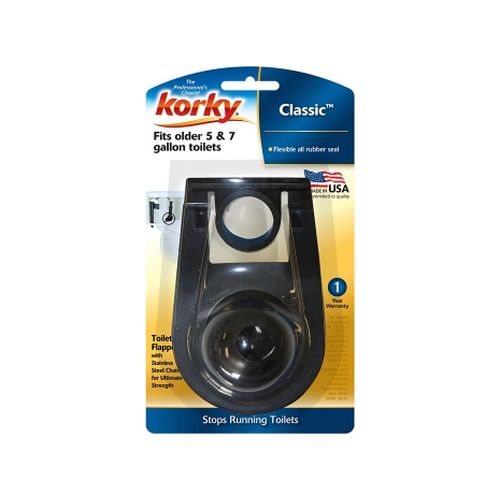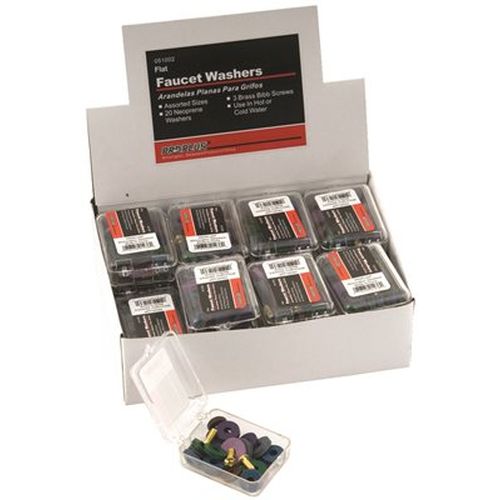One of the easiest things you can do to save water is to check for leaks and fix the simple ones.
Toilets: Many times, toilets begin leaking when the toilet flapper or valve seal becomes old or worn out. To check to see if this is the cause, put some food coloring in the toilet tank and wait 10-15 minutes to see whether color shows up in the toilet bowl. If it does, you can order a replacement flapper or valve seal at one of our 12 BR Supply stores to fix the leak.
 Faucets: Old and worn washers and gaskets are frequently the cause of faucet leaks. This is a simple fix but before you get started, turn the water off under the sink. Faucet washers are inexpensive. If you’re not sure what to do, contact your nearest BR Supply store.
Faucets: Old and worn washers and gaskets are frequently the cause of faucet leaks. This is a simple fix but before you get started, turn the water off under the sink. Faucet washers are inexpensive. If you’re not sure what to do, contact your nearest BR Supply store.
Showerheads: Make sure there is a tight connection between the showerhead and the pipe stem, which is often where leaks occur. To make a tighter connection, you can wrap Teflon tape around the showerhead pipe and then screw it into the pipe stem. You may also need to replace the washer.
Outdoor faucets: Check your garden hose for leaks at the connection to the spigot. If it leaks, try replacing the washer to ensure a tight connection to the spigot.
Save Water Around the House
If you're normally out of the house most of the day, you're likely using more water just in your daily routine now. Try making the following small adjustments to conserve water.
Showers: While you could probably use a long, relaxing bath every night during these stressful times, showers use much less water. Limit them to 6-8 minutes if possible, and turn off the shower when lathering up or shampooing.
Faucets: At the sink, turn the faucet off when you’re brushing your teeth or shaving instead of leaving it running.
Toilets: Don't use your toilet as a garbage can for tissues or dental floss, etc. You waste water flushing them down (plus things like wipes can clog your pipes).
Dishes: Skip prerinsing dishes. You can use up to 7 gallons of water a minute when you run your kitchen faucet on full blast. But a dishwasher uses just 5 gallons or less for a full cycle. Most dishwashers come equipped with a soil sensor that adjusts the cycle according to how dirty the dishes are. So you don’t have to worry that your dishes won't be clean if you don’t prerinse.
Start your dishwasher only when you have a full load of dishes. And be sure to place dishes and utensils according to the instructions in your owner’s manual so everything comes out clean in one wash. If you have a small household and don’t have enough dishes to run a full load after one or two meals, use the rinse and hold cycle, which uses only one to two gallons of water, to prevent food from getting caked on. Then run a full cycle when you're ready.
For pots and pans with stuck on food, soak them instead of scrubbing them under running water.
Washing machines: While you may have to do more smaller loads of laundry if family members are coming and going from the house or if someone is sick, try to run full loads whenever possible. If your washing machine does not have a sensor that adjusts the wash based on load size, remember to pick the appropriate water level setting—small, medium, large—for each load of laundry.
 Additionally, pick the right soil setting for the load. For instance, choosing the heavy-duty setting can use more water and extend wash time. The normal setting works for most loads.
Additionally, pick the right soil setting for the load. For instance, choosing the heavy-duty setting can use more water and extend wash time. The normal setting works for most loads.
Only use the amount of laundry detergent needed for the size of your load and be sure to use HE detergents for HE machines. Regular detergents are too sudsy, and using too much can cause HE washers to use more water by extending the rinse cycle.
© 2025 brsupplyinc.com All rights reserved.Powered by SimpleApps